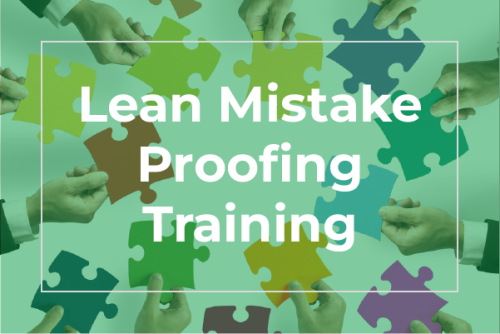- Apprenticeships
- Training Courses
- Lean Six Sigma
- Lean
- Introduction to Lean
- Lean Practitioner Training
- Lean Kaizen Facilitator Training Course
- Lean Mistake Proofing Training
- Lean 5S Training Course
- Lean 8 Wastes Training Course
- Lean Library (47)
- Lean Bundle (10)
- Failure Mode and Effects Analysis (FMEA) Training
- Problem Solving Training Course
- All Lean Courses
- Business Improvement
- Personal Development
- Facilitation Body Language Training
- Building Self-Esteem & Assertiveness Training
- Influencing Skills Training
- Negotiation Skills Training Course
- Building Your Personal Brand
- Active Listening Skills Training
- Stress Management Training
- Online Pressure Management Training
- All Personal Development Courses
- Management Development
- All Courses
- Consultancy / Coaching
- Resources
- E-Learning
- About Us
- Contact
Management Development
- All of our courses come with Lifetime Support
- Certification guaranteed
- Full curriculum for IASSC, CSSC, ASQ, BQF, ISO 18404
- Multiple choice exam with free retakes
Home / Management Development
Management Development Training
Management is no mean feat. Whether you are a newly appointed manager or have been leading teams for years, it’s important to ensure you are fully equipped with a wide range of management skills. After all, they say people don’t leave bad companies, they leave bad bosses.
Our range of Management Development training courses will help you fill the skill gap which is stopping you from becoming the type of leader that facilitates success. From how to build high performance teams to courses helping you to deal with pressure, there is a course for everyone. All our Management Development training courses are delivered through our market-leading eLearning and come with lifetime support.
Showing 13–24 of 51 results
-

Facilitation Body Language Training
£25.00 + Vat -

Failure Mode and Effects Analysis (FMEA) Training
£150.00 – £250.00 + Vat This product has multiple variants. The options may be chosen on the product page -

First Line Manager / Supervisor Training
£250.00 – £550.00 + Vat This product has multiple variants. The options may be chosen on the product page -

Protected: First Line Manager / Supervisor Training Testing Copy
£0.00 – £550.00 This product has multiple variants. The options may be chosen on the product page -

Giving and Receiving Feedback Training
£25.00 + Vat -

Human Error Investigation and Elimination Training
£895.00 + Vat This product has multiple variants. The options may be chosen on the product page -

Influencing Skills Training
£25.00 + Vat -

Interview Skills Bundle
£50.00 + Vat -

Interview Skills Training Course
£25.00 + Vat -

Introduction to Lean – Online Training
£50.00 + Vat -

Lean 8 Wastes Training Course
£50.00 + Vat -

Lean Mistake Proofing Training
£50.00 + Vat
Where do we run our training courses?
In the UK (London, Manchester, Edinburgh, Bristol, York, Leeds, Birmingham), Germany, Netherlands, USA, Australia, South Africa, Spain, France, Sweden and Denmark.
Six Sigma vs. Lean Six Sigma Training

Lean and Six Sigma work so well together because they were designed with the same goal in mind. Both aim to reduce the waste and variation in processes to improve the quality of outputs for the customer. Both are customer focused. Both rely on data, rather than gut feel. And, both come with a core set of tools and structures to guide the improvement.
The main difference is how they identify the root cause of problems, and the language surrounding them.
For this reason, we at 100% Effective, think that they work better together than apart. Change agents and those introducing Business Improvement have more (and more varied) tools at their disposal. We think that, when it comes to improvement, the more you can bring to the table, the better. This is why we offer Lean Six Sigma as our standard.
Six Sigma is a data-driven approach to eliminate defects and improve quality for the customer. It is not, and should not be considered, to be simply a cost-saving measure. The term Six Sigma refers to the number of standard deviations between the mean value and the specification limit of any given process or output. The higher the Sigma, or standard deviations, the fewer products or outputs fall outside of the specification.
Six Sigma means that 99.9996% of the process output falls within the specification limit. So the output is defective or poor quality just 3.4 times for every million opportunities.
Any process from manufacturing to transactional, and products to services, can be measured in terms of its Sigma level. Businesses that adopt a Six Sigma approach, use a structured framework to gradually increase the Sigma level of their processes, with the aim of achieving Six Sigma quality.

